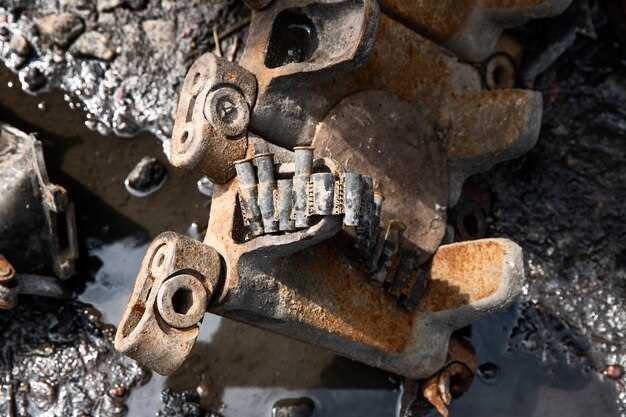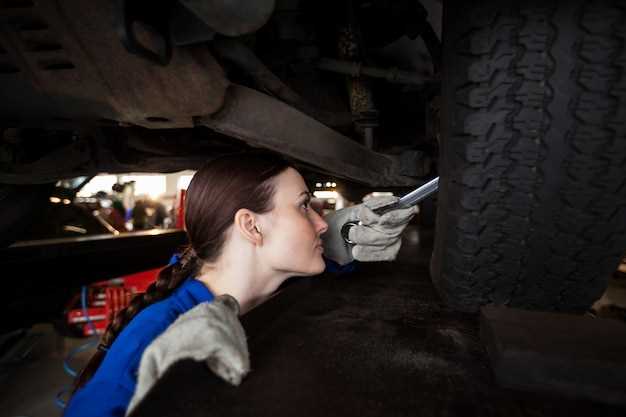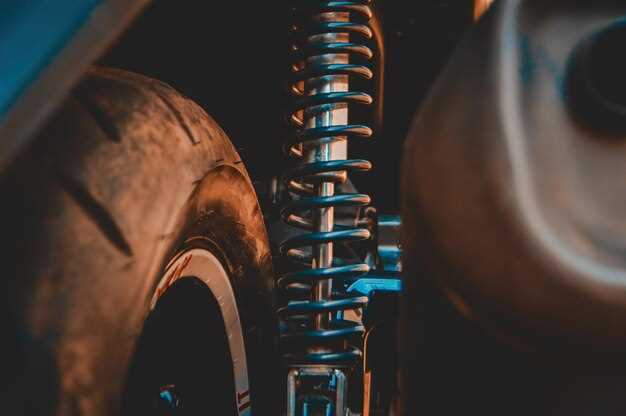

Choosing to install a lift kit on your diesel pickup can significantly enhance its performance and appearance. A lift kit raises the vehicle’s height, providing additional ground clearance, which can be advantageous for off-road driving and overcoming obstacles. However, while the benefits of increased elevation and improved aesthetics are undeniable, there are also several drawbacks that potential buyers must consider before making a decision.
One of the most substantial advantages of a lift kit is the improved ground clearance. This added height allows drivers to tackle rough terrain and navigate through challenging landscapes without damaging the undercarriage of their trucks. Additionally, a lifted diesel pickup often has a more aggressive look, appealing to enthusiasts who want to make a statement on and off the road.
On the flip side, lifting a pickup comes with its set of disadvantages. The installation of a lift kit can alter the vehicle’s center of gravity, potentially compromising handling and stability. Moreover, increased height may lead to modifications in suspension, axle geometry, and even fuel efficiency. Understanding both the pros and cons is crucial for any owner considering a lift kit for their diesel pickup.
Impact on Ground Clearance and Off-Road Performance

Lift kits are popular modifications for diesel pickups, and one of the primary benefits they offer is an increase in ground clearance. This additional height can significantly enhance the vehicle’s off-road capabilities.
Here are some key points to consider regarding the impact of lift kits on ground clearance and off-road performance:
- Increased Ground Clearance: Lift kits raise the vehicle’s body higher off the ground, providing more space between the undercarriage and obstacles such as rocks, logs, and uneven terrain.
- Improved Approach and Departure Angles: Enhanced ground clearance contributes to better angles for approaching and departing obstacles, reducing the risk of damage to the vehicle.
- Enhanced Suspension Travel: Many lift kits improve suspension travel, allowing for better articulation and stability when navigating difficult off-road conditions.
- Upgraded Tire Size: Lift kits often accommodate larger tires. This not only further increases ground clearance but also improves traction in off-road environments.
However, there are some potential downsides to consider:
- Center of Gravity: Raising the vehicle’s height can affect its center of gravity, making it more prone to rollover in certain situations, especially during sharp turns.
- Handling and Stability: A lift kit may alter the handling characteristics of a diesel pickup, leading to a stiffer ride on pavement and potentially affecting stability during high-speed maneuvers.
- Wear and Tear: Increased ground clearance can lead to additional stress on suspension components, which might result in accelerated wear over time.
In conclusion, while lift kits can significantly enhance ground clearance and off-road performance for diesel pickups, careful consideration of the potential trade-offs is essential. Evaluating how a modification impacts overall vehicle dynamics and functionality ensures that owners make informed decisions for their specific off-road needs.
Effects on Ride Quality and Handling Characteristics

Installing a lift kit on a diesel pickup truck can significantly alter the vehicle’s ride quality and handling characteristics. One of the primary benefits of a lift kit is the increased ground clearance it provides. This added height improves the truck’s ability to navigate rough terrains, such as rocks and deep mud, enhancing off-road capabilities. However, raising the vehicle can also lead to a higher center of gravity, which may negatively impact stability during cornering or emergency maneuvers.
The ride quality often changes with the addition of a lift kit. While some kits are designed to improve suspension performance, others may result in a stiffer ride due to alterations in the suspension geometry. It’s essential to consider the type of lift kit purchased, as the design and quality of components can dictate how the truck handles under various conditions. A poorly designed kit might lead to a bumpy and uncomfortable ride on paved roads.
In terms of handling dynamics, a lifted diesel pickup may experience altered steering response. The increased height can create additional steering input, making the vehicle feel less responsive compared to its stock counterpart. This can be particularly noticeable during high-speed driving or when making sudden changes in direction. Drivers may also note that the ride becomes choppier, as larger tires often accompany lift kits, which can affect traction and braking distances.
In summary, while lift kits can enhance ground clearance and off-road performance, they might introduce challenges concerning ride quality and vehicle handling. It’s crucial for potential buyers to weigh these factors carefully, considering how they intend to use their diesel pickup before making any modifications.
Installation Costs and Long-Term Maintenance Considerations
When considering a lift kit for your diesel pickup, it’s essential to evaluate not only the initial installation costs but also the long-term maintenance implications. The price of a lift kit can vary significantly based on the type and quality of the kit chosen. Typically, basic kits can start from a few hundred dollars, while more comprehensive kits that include advanced components can exceed several thousand. Installation costs can also vary by location and vehicle type, usually ranging from $500 to $1,500 if you opt for professional installation.
Ground clearance is another significant factor when evaluating lift kits. Increasing the lift height raises the center of gravity of the vehicle, potentially impacting handling and stability. This change may lead to additional long-term expenses, such as the need for upgraded suspension components to maintain balanced performance on and off the road.
Beyond the installation, it’s crucial to consider regular maintenance related to a lifted vehicle. The increased height can result in accelerated wear on various components, including ball joints, tie rods, and bushings. Owners may also encounter additional demands on brake systems and tires, necessitating more frequent replacements. Regular inspections are recommended to ensure all parts are functioning correctly and to identify wear early, preventing costly repairs in the future.
Additionally, increased lift can affect vehicle alignment, requiring more frequent adjustments. This aspect is vital to maintain optimal driving dynamics and tire longevity. Regular alignment checks are advisable after installation and periodically thereafter to ensure that the truck performs well on the ground.
Ultimately, while lift kits enhance the vehicle’s off-road capability and aesthetics, they come with potential long-term costs. It’s advisable to budget for both the initial installation and ongoing maintenance to ensure your investment remains beneficial over time.






